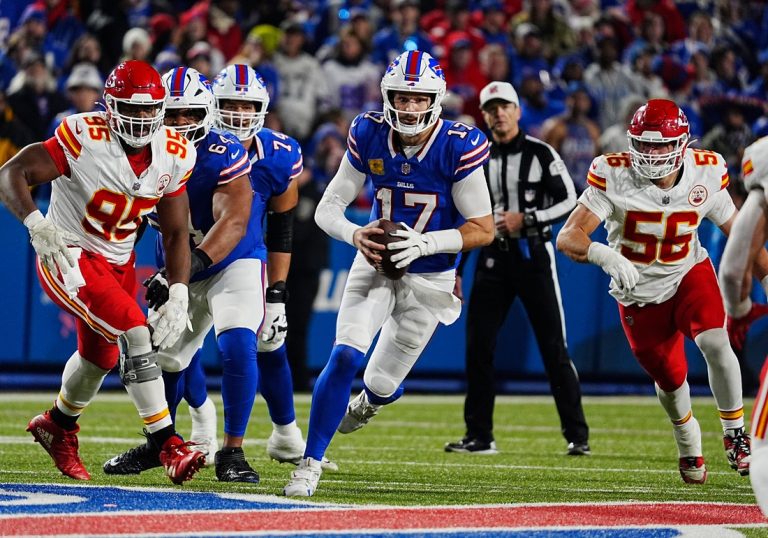Football has always been a game of passion, grit, and skill, but in recent years, statistics have crept into the beautiful game to add a new dimension.
Among these, xG—short for Expected Goals—has emerged as the superstar stat, revolutionizing how fans, analysts, and managers view matches.
If you’ve ever seen a post-match breakdown and wondered, “What does xG even mean?” you’re not alone. Let’s dive into the nitty-gritty of this game-changing metric and see why it’s reshaping football conversations.
At its core, xG measures the quality of chances created during a match. It assigns a numerical value, usually between 0 and 1, to every shot taken, indicating the likelihood of that shot resulting in a goal.
A shot with an xG of 0.05 has only a 5% chance of going in, while a penalty kick, with an xG of around 0.75, has a 75% chance of finding the back of the net.
These probabilities are calculated based on thousands of historical shots, factoring in elements like the shot’s distance from goal, angle, whether it was a header or a footed strike, and even the body position of the shooter.
For instance, imagine a striker taking a shot from 25 yards out. The xG might be as low as 0.02, meaning it’s more of a hopeful attempt than a realistic scoring opportunity.
Compare that to a close-range tap-in with an xG of 0.9, which suggests the striker should score 9 times out of 10. xG tells the story of how good the chances were, not just how many there were.
So why does this matter? Historically, football stats focused heavily on basic figures like shots on target or possession. But these stats often fail to capture the full picture.
A team could dominate possession and take 20 shots, but if most of those are speculative efforts from outside the box, they aren’t truly threatening.
Conversely, a team with only a handful of shots, all from prime scoring positions, might have a much higher xG. This is where xG shines—it moves beyond quantity to measure quality.
Take Leicester City’s famous 2015-16 Premier League title-winning campaign. Critics argued that they didn’t dominate possession or pepper opponents with shots, but their xG consistently showed that the chances they created were high-quality.
This precision in converting key opportunities was reflected in the table and validated by xG.
But xG isn’t just for analysts with spreadsheets. As a fan, it offers a new perspective. Have you ever watched your team lose and thought, “We should’ve won!”? xG might agree with you, showing that your team created better chances but was simply unlucky.
Conversely, it might expose when your team scraped a win despite being outplayed, highlighting the unsustainable nature of poor performance masked by good fortune.
Of course, xG isn’t perfect. It doesn’t account for individual brilliance—think of Lionel Messi bending a free-kick into the top corner. Even if such a shot starts with a low xG, Messi’s skill can defy the odds.
Similarly, xG doesn’t consider defensive errors or psychological factors like pressure in key moments. It’s a tool, not a crystal ball, but it adds nuance to our understanding of the game.
Managers and clubs, too, are using xG to refine their strategies. Coaches analyze xG trends to pinpoint inefficiencies, such as players who consistently miss high-xG chances or defenses that concede too many.
Recruitment teams use it to scout players who excel at converting difficult chances or creating high-xG opportunities for teammates. Essentially, xG is becoming a guide for smarter decision-making on and off the pitch.
For fantasy football enthusiasts, xG is a goldmine. Knowing which players generate or capitalize on high-xG chances can help you build a winning squad.
It’s the difference between picking a striker who gets lucky one week and one who’s consistently in the right place at the right time.
In short, xG is more than just a buzzword—it’s a window into the game’s undercurrents. It highlights what might not be obvious to the naked eye and gives fans, analysts, and teams a new way to measure performance beyond just goals scored.
So the next time you see a match report with an xG stat, don’t shrug it off. Dive into it, explore what it reveals about the game, and see football from a perspective you’ve never considered before.
#Football #Complete #Guide













